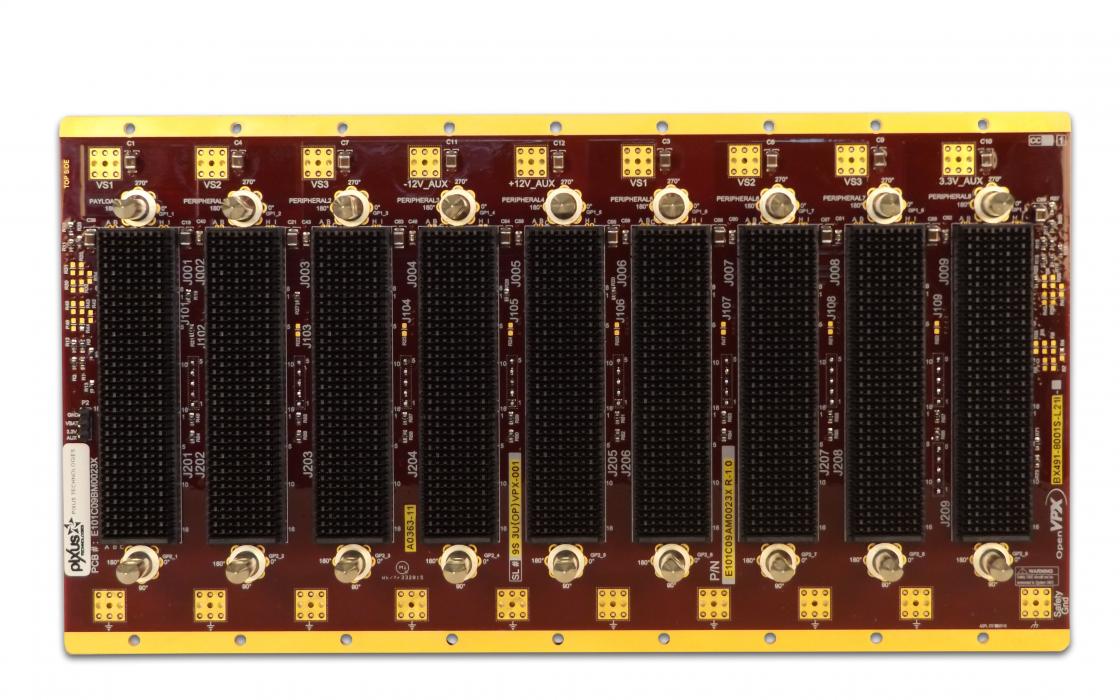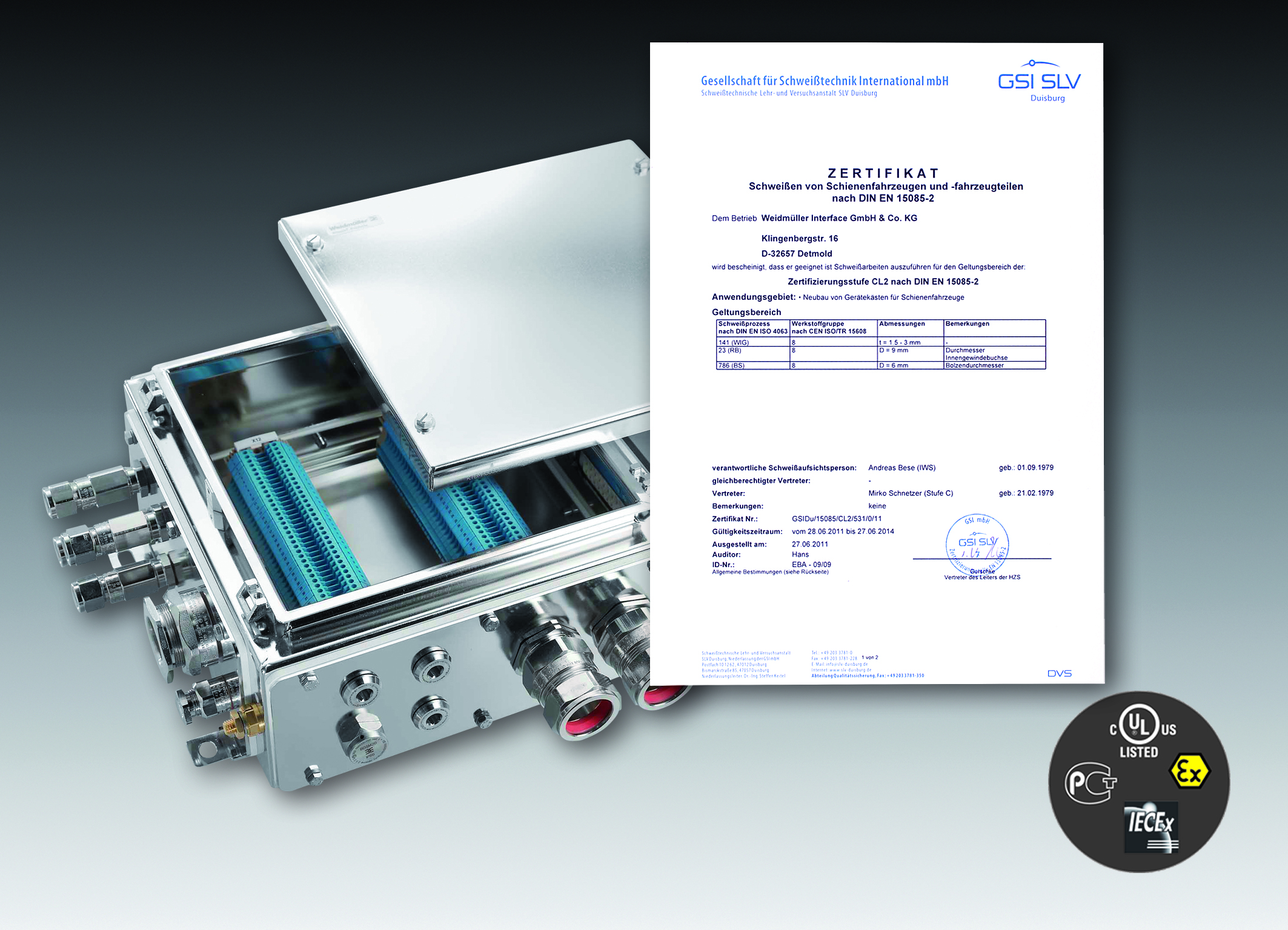BY MAJEED AHMAD
Contributing Editor
Data rates are getting higher, and in industrial environments, the steady rise in signaling rates is inevitably leading to challenges associated with thermal, vibration, and temperature issues. That calls for chassis, cabinet, and enclosure solutions that are rugged enough to perform at the low and high ends of thermal and temperature spectrums.
The role of the chassis is crucial because it hooks up industrial boards to the backplane. It has to keep boards or modules cooler and ensure that they survive heat and vibration. That’s because chassis and backplane platforms are required to preserve the signal integrity at faster data rates. Now the backplane configurations are moving from 10-GbE and 40-GbE to 100-GbE speeds. Furthermore, the backplane and chassis platforms now come in a wider array of industry standards, including OpenVPX, MicroTCA, ePCI, and VME. And PCI Express 4 is just around the corner.
However, while the new chassis and enclosure solutions are bound to navigate these standard platforms, it’s the target application that mostly determines the format of the backplane and chassis. It’s also the industrial environments in which applications perform that decide the choice of cabinets and enclosures.
How to keep chassis cool
One important factor to consider is how much heat or cold that cabinets and enclosures are designed to withstand, especially in harsh industrial environments, where hardware parts can become either very hot or very cold. Take Pixus Technologies, for example, which provides the blower options in its enclosures to keep the AdvancedTCA chassis cool and functional. Its new RiCool IV shelf boasts four blowers that can operate at full load in a 55°C environment. The RiCool III blowers from Pixus feature 185 CFM of airflow per fan with 71 mmH2 O of static pressure. Here, the enclosure has incorporated EMI filter trays above and below the card cage, which helps in collimating the airflow in the system. Fig. 1: Pixus enclosures use blowers to keep chassis cool and functional.
Fig. 1: Pixus enclosures use blowers to keep chassis cool and functional.
The new enclosure solutions mostly meet 400-W/slot cooling capability. Pixus has also added the stringent network equipment building system (NEBS) and CPTA best practices to the cooling capability. That facilitates the ability to cool the chassis with a fan tray removed for two minutes and remaining within FCC acoustic requirements for dB levels and such.
Energy efficiency is another critical consideration for electronic packaging solutions. Therefore, the new cabinets and enclosures now offer versatile power-management features. Case in point is the PXS0108 chassis for MicroTCA applications from Pixus that offers power options such as failover, remote management, and power sequencing.
Shielding environmental hazards
Next, the silicone gasket has become a standard feature, ensuring that enclosures can handle extreme temperatures ranging from –60°C to 135°C. These form-fitting silicone gaskets also protect components from environmental impacts like dirt, corrosion, and water penetration.
Polycase, a manufacturer of plastic enclosures, uses surface-mount flanges, plastic PCB mounting bosses, and stainless steel screws to provide corrosion resistance. The maker also produces heavy-duty aluminum enclosures for sensitive electronic assemblies employed in commercial and industrial environments. These enclosures are especially suitable for shielding the impact of electromagnetic interference (EMI) and radio-frequency interference (RFI). Then there are some enclosures, like Klippon TB from Weidmuller, that provide a cover-locking mechanism to prevent any occurrence of interference with the seal.  Fig. 2: Klippon TB enclosures, designed for harsh industrial conditions, boast IP 66/67 protection class ratings.
Fig. 2: Klippon TB enclosures, designed for harsh industrial conditions, boast IP 66/67 protection class ratings.
Clearly, harsh conditions in industrial environments are mostly driving the evolution of electronic packaging products like enclosures. On one hand, it’s the choice of metal or plastic in cabinets and enclosures, which is crucial in determining the level of protection against environmental hazards. On the other hand, there are features like cooling and airflow, which ensure that cabinets and enclosures continue to operate in extreme usage environments. That’s why testing for heat and cold stability is critical in determining the endurance and longevity of cabinets and enclosures.
Focus on custom services
Over the years, the custom solutions for electronic packaging products have been gaining greater sophistication. Take the case of Polycase, which now adds cutouts with high-precision CNC machines. The maker also allows electronic OEMs to print the enclosure designs digitally using the latest printing technology.
Moreover, in order to aid engineers in optimizing enclosure solutions, Polycase provides 2D drawings and 3D models as instant downloads from its website. The firm carries out these services in-house and doesn’t outsource any of these custom features to a third party. Polycase has also released pole-mounting kits for its YH Series and YQ Series NEMA-rated junction enclosures. The PK Series pole-mounting kits boast adjustable stainless steel bands that facilitate mounting on poles with a diameter of 2 to 12 in.  Fig. 3: Polycase provides CNC-machined cutouts and digital printing services for its enclosures.
Fig. 3: Polycase provides CNC-machined cutouts and digital printing services for its enclosures.
Likewise, Pixus offers a shelf manager that performs temperature monitoring of at least six temperature sensors; it also features 12 fan monitors and eight voltage monitors. The standard panel interface on the SHM200 shelf manager includes RS-232, Ethernet, and indicator LEDs. Pixus also offers a diverse array of front-panel and door options for its instrument case enclosures. That includes acrylic glass, solid blanking plate, lockable, and vertically- and horizontally-hinged types. Next, for the panels and doors, the firm offers customization services with options for powder coating, silk-screening, and custom cutouts. These custom services and optional accessories significantly enhance the overall product value and reduce the lead time.
Advertisement
Learn more about Electronic Products Magazine





